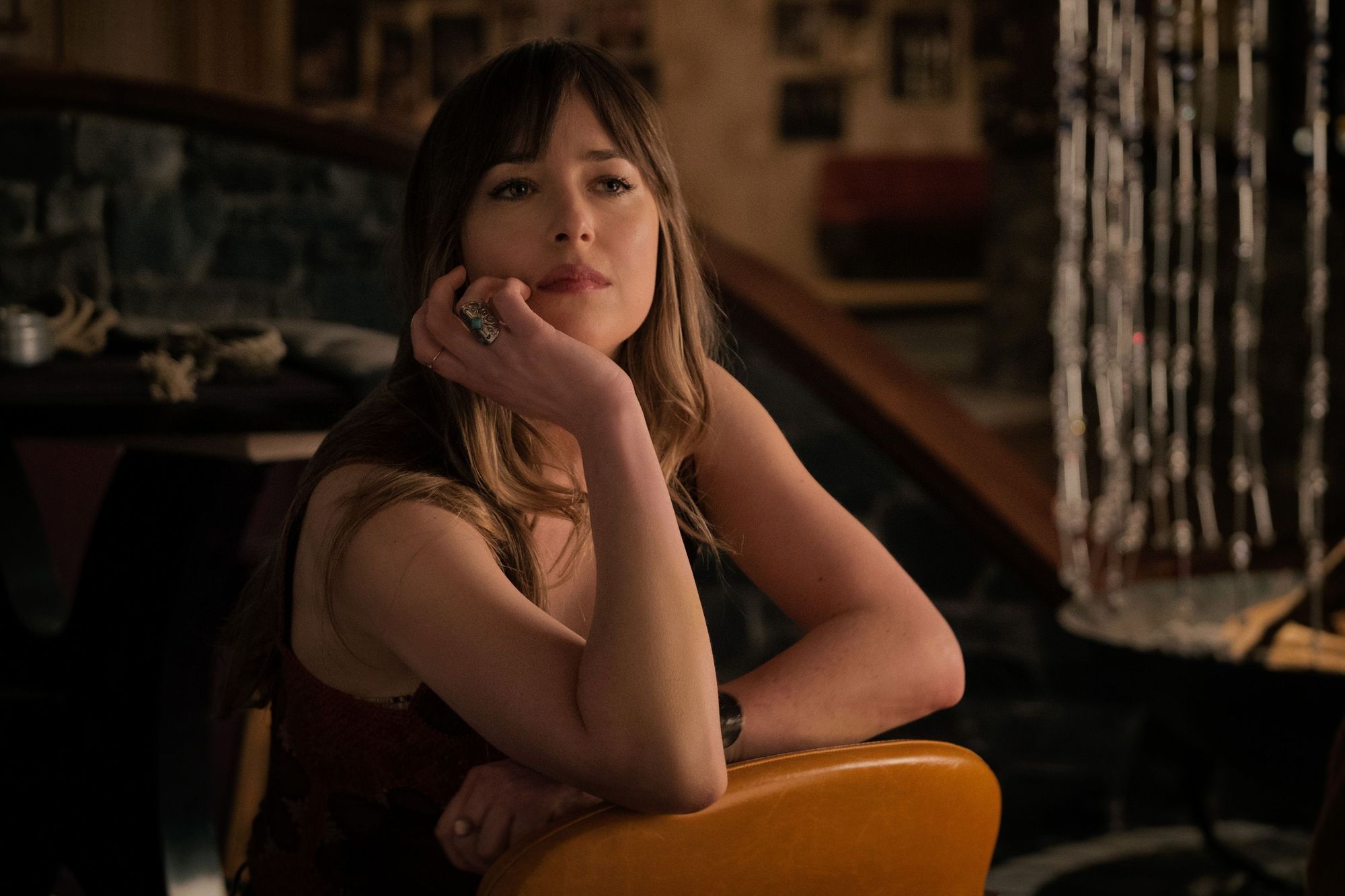
Desire and Character
From the L.A. Screenwriter collection.
[Note: Minor spoilers ahead for Bad Times at the El Royale and First Man.]
One of the most compelling ways to move your protagonist through every scene in your story is to keep his or her desires just below the surface in the subtext. Cluing the audience in to what the character really wants in each scene makes for rich interactions that keep your dialogue from being squarely on the nose.
Of course, before we can subtly communicate the desires of our character to the audience, we have to fully understand those desires ourselves. While it can be tempting to create a character that is unable to identify exactly what they want—because we are also trying to figure this out as the storyteller—we as writers must know precisely what the character desires before we can construct a believable journey of self-discovery.
Some approaches:
Desire for the Material
External goals are essential for most stories. They identify to the audience what the protagonist is trying to accomplish in the story. They also conveniently let the audience know when the story is over, as the protagonist will either accomplish or not accomplish that goal. When we can see what the main character desires, it should be easy for the audience to also recognize the prize.
Material desires can include everything from wealth to buried treasure to a simple watch with great sentimental value. It is rarely the object itself that carries the value (though it can be) but more often what the object means to the character. A poor street kid may attempt a grand heist to possess the valuables inside a museum, but it’s how those valuables will allow that kid to change his life that mean the most to him. Endowing the material with greater meaning is the key to compelling desire for the material.
In Bad Times at the El Royale, Dock O’Kelly desires a bag of hidden money. Discovering that his brother died while hiding the money for him only makes his search for the cash more enthralling.
Desire for the Internal
While the material drives many characters into conflict pursuing their goal, even more characters desire what cannot be seen–what exists deep inside themselves. Internal desires can be tricky to execute without relying on exposition. However, skilled storytellers learn to develop methods for communicating the deepest desires of a character’s heart without the character ever having to articulate those wants.
Sometimes the internal desire is for self-forgiveness. Other times it is to accept who the character truly is. Still, other times it is to overcome the insecurities that have made it impossible to receive the love of another. Finding peace and meaning after the death of his daughter seems to be what Neil Armstrong desires in First Man.

Desire for Connection
The answer a character is looking for may well be inside them–but not always. Connection with another person, a group of peers, or even society as a whole may be the driving force of desire your character experiences in the narrative journey. The desire for connection is a universal human archetype. We need other people. Some need lots of other people and some need only a few. However, we are all bound by the fact that human beings do not do well alone for long periods of time.
The most common connective desire is, of course, love. Crafting a character that is shaped like a puzzle piece can be a challenging task. A protagonist’s quirks, peccadilloes, and misjudgments can make us squirm when writing them. But when we introduce a character whose own puzzle piece is shaped to fit exactly along the curves of the protagonist, it is a rewarding experience for the writer and the audience alike.
Midge is in many ways an awkwardly shaped puzzle piece in The Marvelous Mrs. Maisel. Watching her attempt to connect with her parents, Susie, and the rotating group of men that come in and out of her life can be humorous. When we see her experience true connection in the story, however, it becomes hard not to feel the same emotions her character is experiencing onscreen.
Desire for Change
What a character desires is often rooted in what will benefit him. Some characters instead desire what will help their family, their community, or society as a whole. A desire for change in systems and institutions can mirror the journey a character experiences when they desire change within themselves.
That desire may also look different. Many times, some sort of sacrifice will be required in order for the protagonist to affect change. This sacrifice is often ironic as it usually involves some person, object, or ideal that the character also desires. Forcing a character to make a difficult choice between two things they want makes for engaging storytelling. The audience cannot help but ask themselves what they would choose in such situations.
In Veep, Selina Meyers desires change in the bureaucracy of the federal government. That change often humorously comes at the cost of her own dignity.
*Feature Photo: Dakota Johnson in Bad Times at the El Royale / photo by Kimberley French, 20th Century Fox (2018)

